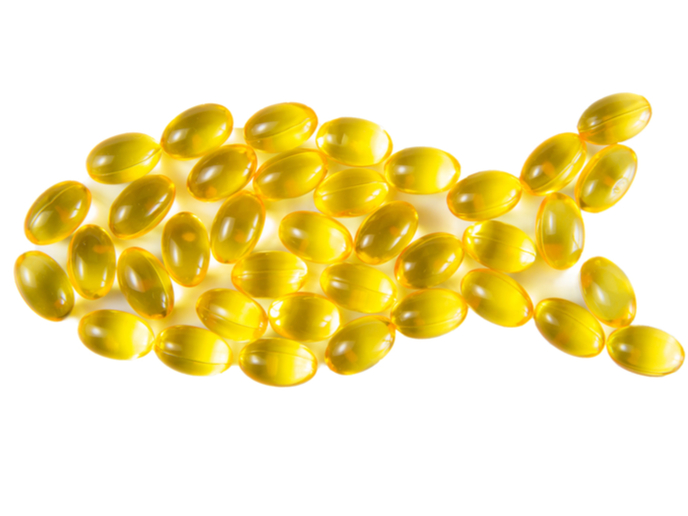A novel nutritional supplement against cancer cachexia
Eicosapentaenoic acid (EPA) is a polyunsaturated or omega-3 fatty acid obtained by eating fish. It is an essential nutrient, as it constitutes an integral component of the cell membrane and can help lower triglyceride levels. Traditionally, EPA is administered for protection against high cholesterol and heart disease. EPA benefits against cancer cachexia During cancer progression, patients experience impaired response to anti-neoplastic therapy, alongside weight loss, a major prognostic indicator of poor patient survival. Furthermore, following chemotherapy, cancer patients tend to suffer from malnutrition, anorexia and cachexia, which significantly hamper their recovery. There is a need for effective nutritional intervention that improves body composition and preserves muscle mass and muscle quality. The objective of the EU-funded LIFEOMEGA (Innovative highly concentrated Omega-3 specialized nutrition product) project was the industrial and market development of a highly concentrated EPA supplement. "We support cancer patients' recovery through nutrition with a concentrated EPA emulsion supplement," says R&D director of Solutex, Dr Laura Gil. Data from other studies suggest that EPA has wide clinical benefits for cancer patients. Several mechanisms of action of EPA propose a decrease in tissue inflammation, for example via modulation of pro-inflammatory cytokines and stimulation of protein synthesis through enhanced insulin sensitivity. In addition, EPA may help increase calorie intake, thereby improving patients' nutritional status and reducing cachexia. A unique EPA formula The uniqueness of the product lies in its emulsion formula, which means that LIFEOMEGA can be conveniently delivered in other liquids, making it easier to swallow than pills or capsules. These features make the LIFEOMEGA EPA a complete breakthrough medical food in the essential nutrition market, both in Europe and in the US. Researchers had to meet the technical challenge of finding the right balance between a high dose of EPA and an agreeable taste that patients would accept. LIFEOMEGA EPA is flavoured to mask the fishy taste, and has the highest concentration of EPA in the market, facilitating the ingestion of 3 grams of EPA per day in a single 20 millilitre emulsion dose. Alongside the positive impact on the nutritional status of patients, EPA is believed to have a positive effect on the resolution of inflammatory processes caused by chemotherapy. "Results from pharmacokinetic studies show that our proprietary emulsion improves the bioavailability of EPA in the body," explains Dr Gil. In addition, the LIFEOMEGA emulsion is currently being tested in other clinical trials to assess the level of nutritional improvement in patients and the biological activity of the product. The diverse pathology of cancer patients necessitates clinical data to evaluate the impact of the product and help clinicians provide the best nutritional advice on an individual basis. According to Dr Gil, "the most significant achievement of the project has been the interest and support by oncologists, who already see the uniqueness of the emulsion and its potential benefits for their patients." As the LIFEOMEGA product was designed to improve the health of cancer patients, it is expected to aid the outcome of treatment by facilitating patients' recovery, reducing the length of their hospitalisation and improving their quality of life.
Keywords
LIFEOMEGA, eicosapentaenoic acid (EPA), cancer, cachexia, supplement







